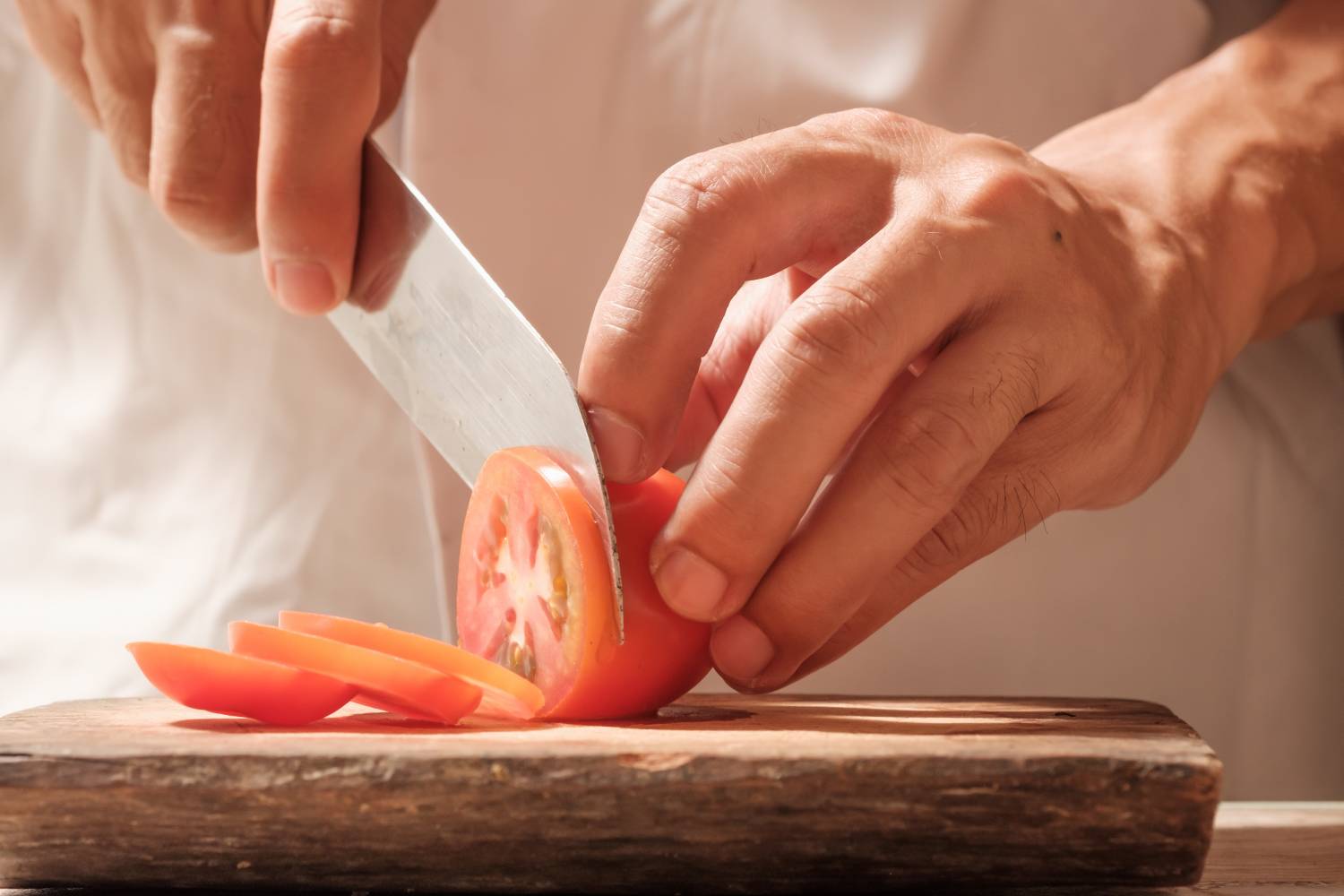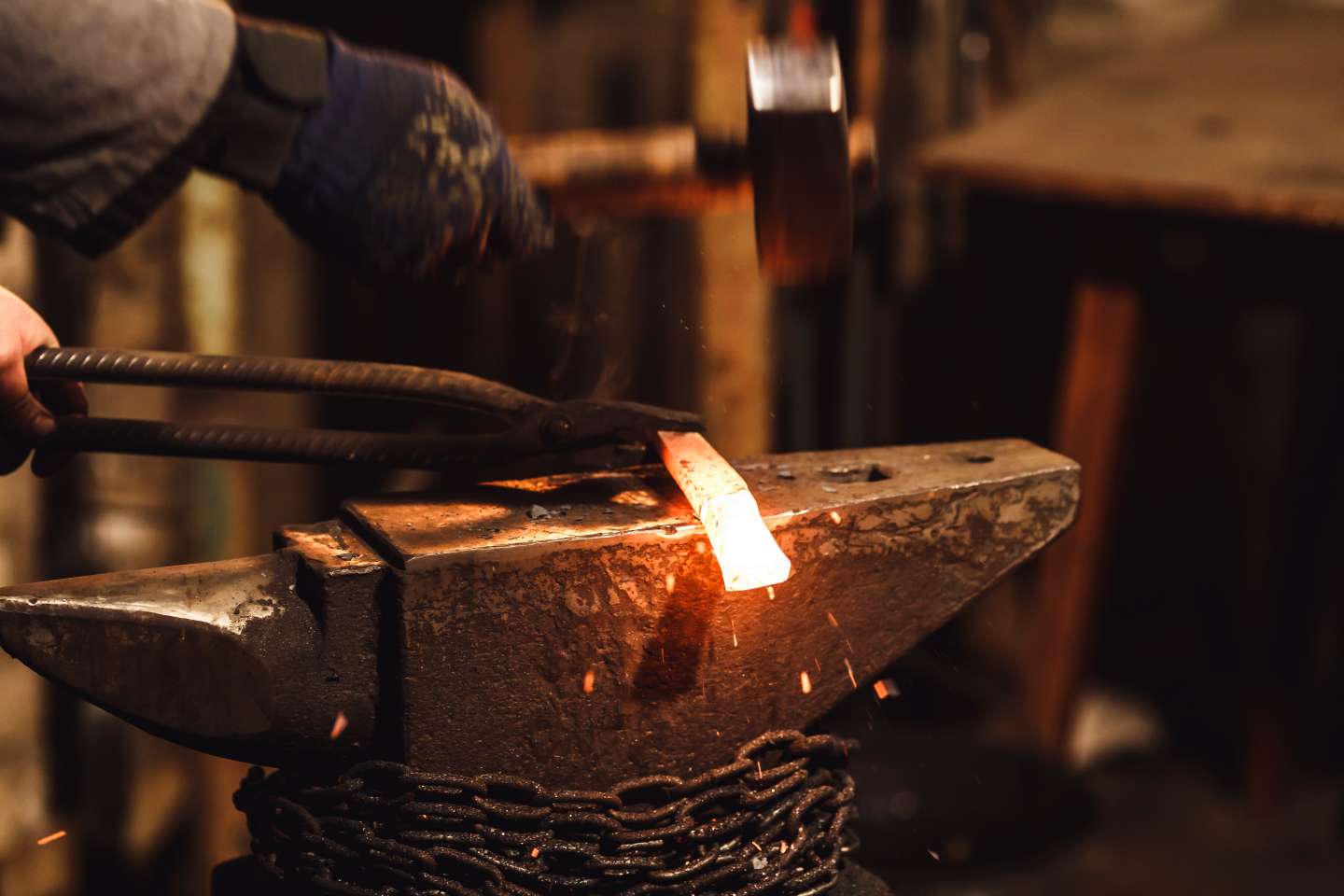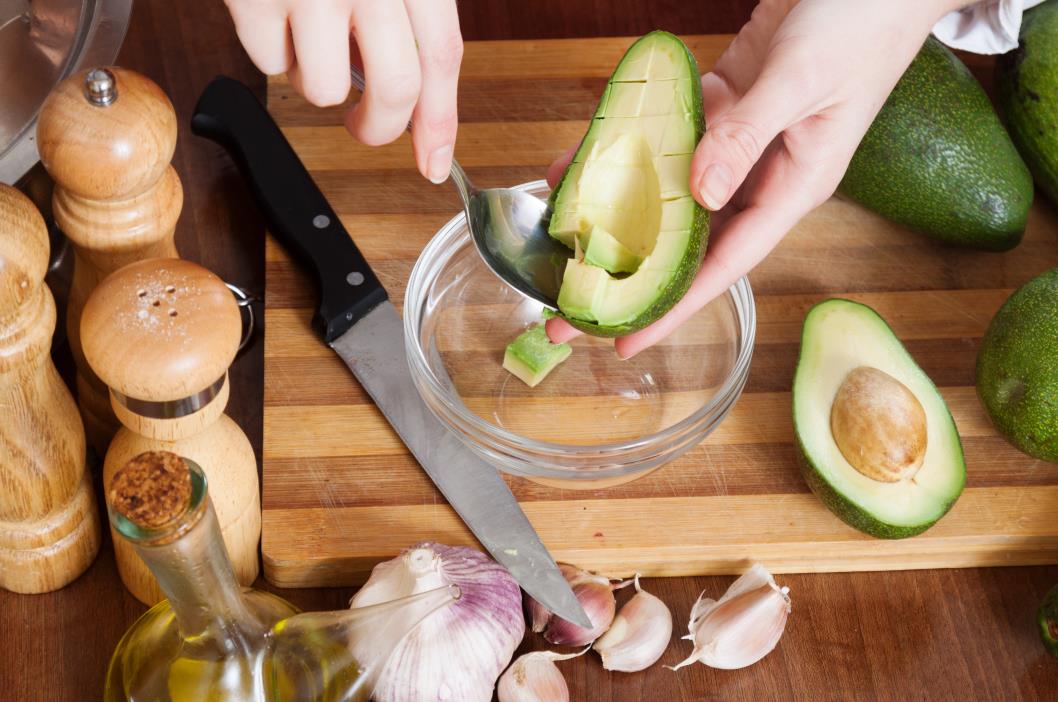3Cr13 is a stainless steel that offers consumers today a lower price point for fairly good knife performance. It has seen use typically among kitchen knives and some utility tools. It is not the favorite steel among professional chefs or situations where the hardness of the blade is vital. It is a lower-end, low-hardness steel with decent toughness and rust resistance.
We’ll take a close look at the steel, from its chemical composition to the various properties. First, let’s break down 3Cr13 steel a bit and see how you can get the most out of it by simplifying some terminology and examining what actually goes into a 3Cr13 knife.
Table of contents
What kind of steel is 3Cr13
3Cr13 is a martensitic stainless steel with a specific composition that places it within the lower end of alloy steels. It’s known for its ability to resist corrosion, which is imparted by its chromium content. Critical for your understanding, 3Cr13 contains between 12-14% chromium, a key element that protects the steel from rust and enhances its durability.
This steel’s carbon percentage notably stands at 0.3%, which contributes to the hardness of the blade, yet it’s low enough to categorize 3Cr13 as a softer steel compared to higher-end options. Here’s a quick breakdown of its composition:
- Carbon: 0.26% – 0.35%
- Chromium: 12.00% – 14.00%
- Nickel: 0.60%
- Manganese: 1.00%
- Silicon: 1.00%
- Phosphorus: 0.04%
- Sulfur: 0.03%
3Cr13 stainless steel incorporates essential elements for optimal performance. With 12-14% chromium, it guards against rust for lasting durability. The 0.3% carbon content enhances blade hardness. The range for chromium ensures the steel can resist rust and maintain a lustrous appearance. Additionally, elements like manganese and silicon contribute to the steel’s overall structural integrity and resistance to wear. Phosphorus and sulfur are present in smaller amounts to further refine the properties of the steel, with phosphorus enhancing strength and sulfur improving machinability.
The key properties of 3Cr13 steel

Hardness
3Cr13 steel can reach a hardness level of 53 – 55 on the Rockwell Scale depending on how the steel is heat treated. This is one of the accepted ways to measure the hardness of a material and this rating makes 3Cr13 steel moderately hard. It’s not the hardest steel out there, but it’s more than adequate for use in items like cutlery.
Toughness
3Cr13 steel is robust enough for outdoor use and finds an application in things like throwing knives, tomahawks and so on. The nickel, manganese and silicon all add to the toughness of this knife material.
Wear resistance
This steel is again in the moderate range for wear resistance. The chromium and carbon in its structure make it hard and durable but it won’t have the wear resistance of more expensive steels like VG10 steel.
Edge retention
3Cr13 doesn’t have the edge retention that you’ll find with premium level steel varieties but it’s acceptable. That being said, the composition of 3Cr13 means it sharpens up very easily and this adds to its user friendliness.
Corrosion resistance
With its chromium component, 3Cr13 steel knives are not prone to rust if they’re maintained properly, stored in dry conditions, and not left damp. For an attractive price, 3Cr13 knives can be used outdoors (diving etc.) without corrosion for an extended time, as long as they’re thoroughly dried after use.
Ease of sharpening

3Cr13 steel knives are amongst the easiest to sharpen and again save you money by not requiring any specialized sharpening tools. Whilst their edge retention isn’t of the best, they make up for it by ease of sharpening and easy edge maintenance.
3Cr13 stainless steel vs VG10 stainless steel – how they compare
3Cr13 steel and its high carbon counterpart VG10 steel are quite similar in composition. You’ll pay more for VG10 steel but it’s still relatively well priced when compared to other premium steels. This table compares them side by side for easy reference:
As you can see, compared side by side, for a little extra money the VG10 steel does win over most categories so could be regarded as the ‘better’ steel. If you’re prepared for the extra time and maintenance that VG10 steel requires you’ll get better knife performance overall.
3Cr13 steel vs 7cr17MoV steel
Like 3Cr13 steel, 7cr17MoV steel is at the lower end of the spectrum price wise and could be regarded as another ‘budget’ steel variety. Both are stainless steels, with a chromium content of more than 11% for rust resistance.
The 7cr17MoV stainless steel holds a sharper edge and is tougher than the 3Cr13 steel over time. As far as corrosion resistance goes, they’re neck and neck, very similar performance. Both steels are relatively easy to sharpen and user friendly.
In totality, the 7cr17MoV outclasses the 3Cr13 steel, it’s just better. It’s important to note though that the discrepancies may not be readily obvious between the two for the average user and depending on what you’re using the knife for. If you’re not overly concerned with the technical specs or minutiae of the differences in alloy make – up, both steels can offer good performance if the knives are well maintained and not abused.
3Cr13 steel vs 420 steel

When rated side by side these 2 martensitic stainless steel varieties are so similar that you’ll be hard pressed to find glaring discrepancies. That being said, the 3Cr13 contains more carbon than the 420 steel, making it slightly harder and by extension giving it the edge for toughness and durability.
The 420 steel also clocks in lower on the Rockwell scale at 50 HRC, again pointing to less hardness than 3Cr13 steel in the alloy. Will you notice this very slight gap in everyday usage? Probably not.
3Cr13 steel vs 154CM steel
Price wise, you’ll lose here as 154CM is a high – end stainless steel and thus pricier than 3Cr13 steel products. Not surprisingly, it outclasses 3Cr13 stainless steel in a number of areas.
The 154CM steel knife will hold a sharp edge for longer and is comparatively speaking a tougher and more wear resistant knife, that is indisputable. The 154CM steel is also more rust resistant than 3Cr13 so will if cared for properly hold its finish longer.
In terms of sharpening, you won’t find it as easy to sharpen the 154CM knife blade when compared to the 3Cr13 knife blade, but it makes up for a bit of extra work with more hardness and durability overall. For the 154CM steel blade a Syderco Sharpmaker works brilliantly and knife fundis recommend shaping a convex blade edge for superior performance.
In conclusion
3Cr13 stainless steel knife products have a place in the market for fair performance at a reasonable price. Unless you’re going for the very best available or you tend to get a bit obsessed with metallurgical advances and new tech, 3Cr13 stainless is adequate, user friendly and certainly not the worst out there.
Will it give the same longevity, performance, and keep its looks over time as well as more expensive premium steel varieties? No, it won’t. As an ‘everyday’ budget friendly stainless steel though, it holds it’s own and one cannot discount its contribution to the stainless steel market for price savvy shoppers.
Find out the best handmade knife with top-notch quality in our store, it’s time to equip yourself an appropriate cutting tool!









